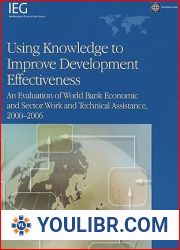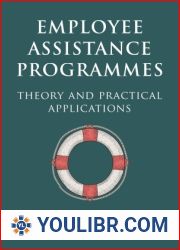
BOOKS - Hunger in America: Issues and Assistance (Hunger and Poverty: Causes, Impacts...


US $5.55

190669

190669
Hunger in America: Issues and Assistance (Hunger and Poverty: Causes, Impacts and Eradication)
Author: Gaston T. Labue
Year: January 1, 2009
Format: PDF
File size: PDF 6.5 MB
Language: English
Year: January 1, 2009
Format: PDF
File size: PDF 6.5 MB
Language: English
The nutrition title of the omnibus 2008 and "farm bill and " is the focus of legislation affecting domestic food assistance programs in the 110th Congress. The program areas that are addressed include the regular Food Stamp program, programs operating in lieu of food stamps (e.g., Puerto Rico, Indian reservations), The Emergency Food Assistance Program (TEFAP), the Commodity Supplemental Food Program, Community Food Projects, the Seniors Farmers' Market Nutrition Program, initiatives to provide fresh fruit and vegetable in schools, and newly proposed nutrition and health promotion or support projects. Other nutrition programs (child nutrition and WIC programs) have not been a major part of the active legislative debate, although a number of bills noted in this new book address them, and some legislative changes affecting them are part of appropriations law and the farm bill. The 2008 farm bill has been enacted as P.L. 110-246. The nutrition title of this law has a projected new cost of about $3 billion over the next 5 years (FY2008- FY2012) and well over $9 billion over the next 10 years (FY2008-FY2017). The major share of this spending is due to changes in food stamp rules - increasing benefits and loosening eligibility standards - and expansion of support for TEFAP and fresh fruit and vegetable initiatives. The most significant substantive nutrition program issues that were raised in the farm bill debate were those surrounding the Food Stamp program and support for fruit and vegetable programs, particularly how much to add in new spending. Despite cost differences, the House and Senate bills were very similar in the policy changes they proposed. Their nutrition titles (Title IV) renamed the Food Stamp program, increased program benefits, and loosened some eligibility rules. They increased spending for TEFAP, added support for the fresh fruit and vegetable program, and allowed exercise of geographic preference when procuring food for child nutrition programs. However, they differed in some policy aspects. The House proposed substantial limits on states' ability to and "privatise and " their administration of food stamps (not adopted in the final measure). And the Senate's bill included a number of initiatives not covered in the House (only some of which were incorporated in the final law) relating to food stamp eligibility for able-bodied adults without dependants, eased access to the Food Stamp program, support for farmers' markets, projects to promote health and nutrition through the Food Stamp program, and dietary supplements. A lingering issue involves the response of food assistance programs to recent, relatively rapid, food price inflation, although no legislation has been introduced in this regard.














































